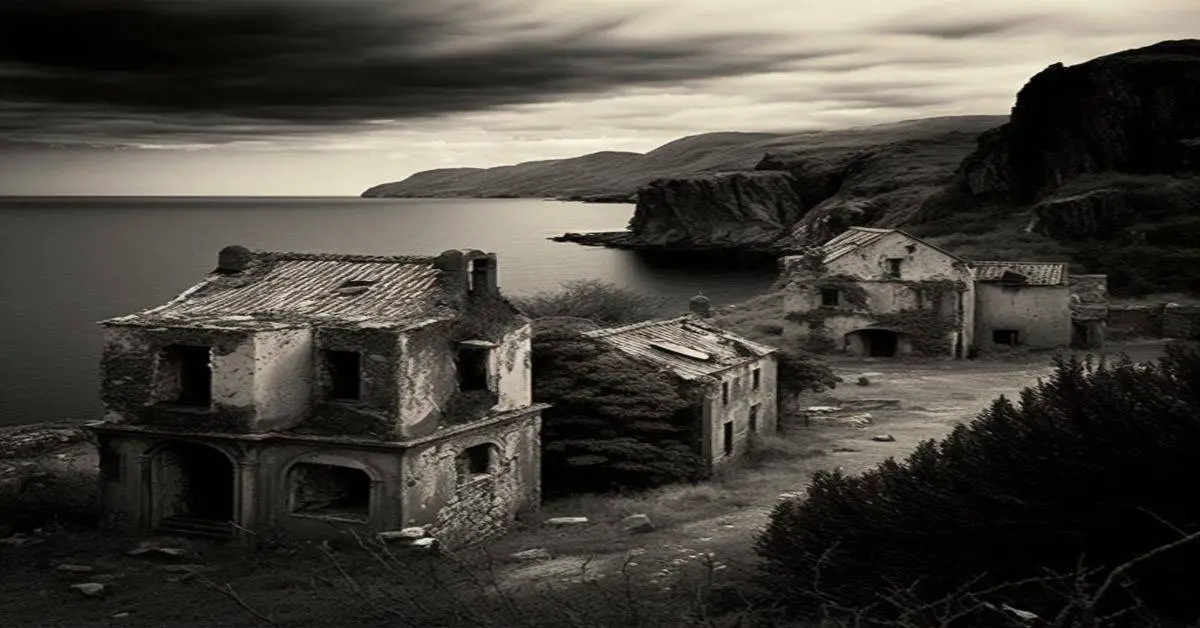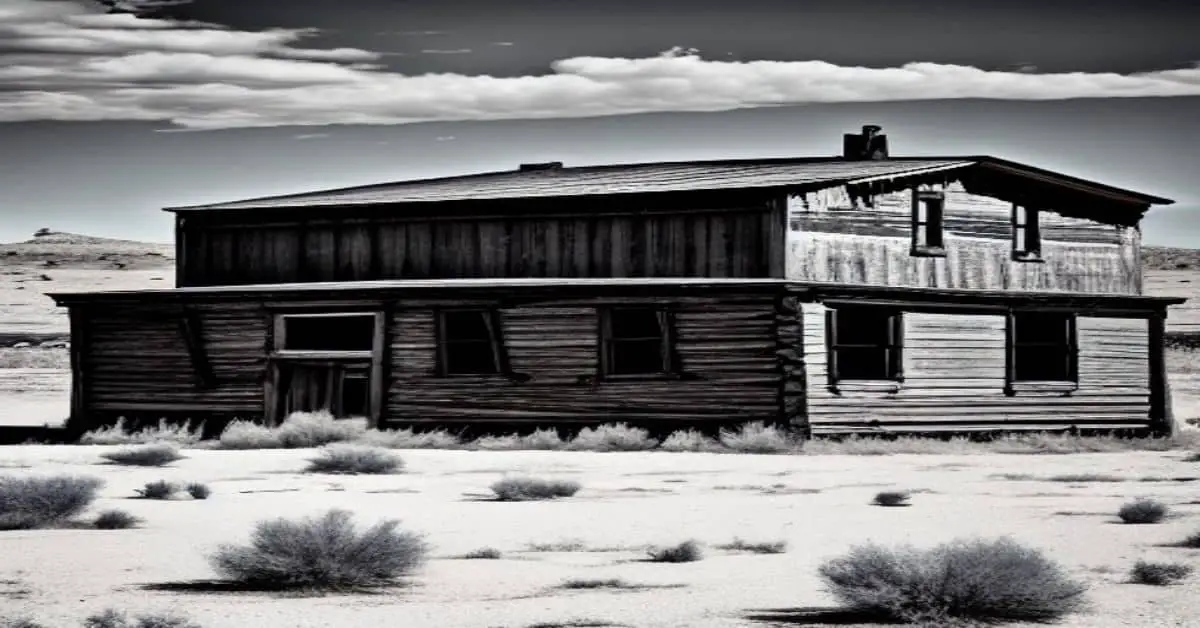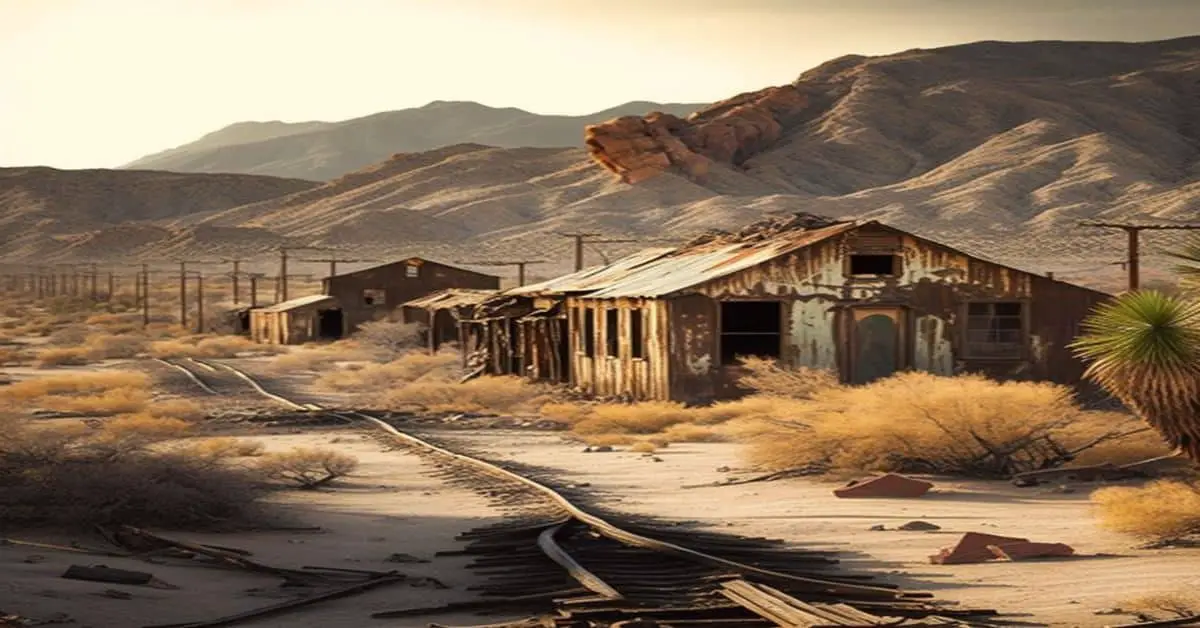Maricopa County, Arizona, is home to a collection of ghost towns that have long been abandoned and forgotten. These towns, once thriving during the gold rush era, now stand as hauntingly beautiful remnants of the past.
Each of these towns holds a unique story that speaks to Arizona’s rich history and culture, providing a glimpse into a bygone era that is both fascinating and mysterious.
As you explore these ghost towns, you’ll be transported back to a world where mining was king, and the rugged landscape was both a source of wealth and a formidable challenge.
The towns themselves are a testament to the human spirit, as they were built by hardworking miners and their families who braved the harsh conditions of the desert to create a new life for themselves.
Today, these ghost towns stand as a reminder of the ingenuity and resourcefulness of the early pioneers who helped shape the history of Arizona.
Key Takeaways
- Maricopa County is home to abandoned settlements from the gold rush era founded during the late 19th-century mining boom.
- Preservation and restoration efforts are ongoing, with involvement from organizations and government agencies.
- Safe and responsible tourism is crucial, with visitors recommended to explore only during daylight hours and be mindful of unstable or hazardous structures.
- Exploring the ruins provides a unique and educational experience, and respecting the sites promotes responsible tourism and preservation for future generations. Local legends and stories, including sightings of ghosts and paranormal activity, add to the hauntingly beautiful allure of these ghost towns.
History and Culture
The historical and cultural aspects of the ghost towns in Maricopa County, Arizona, may provide insight into why these towns were abandoned and shed light on the lives of the people who once inhabited them.
Many of these ghost towns were founded during the late 19th century, during the mining boom in Arizona. The towns were established near mines, and their populations boomed as miners and their families came to work in the area. However, as the mines began to run dry, the towns struggled to sustain themselves, and many were eventually abandoned.
Notable residents and stories associated with these ghost towns also glimpse the lives of those who once lived there. For example, the town of Vulture City was once home to the famous Vulture Mine, which produced over 200 million dollars worth of gold and silver over its lifetime. The town also had many colorful characters, including the notorious outlaw Henry Seymour.
By exploring the history and culture of these ghost towns, we can gain a deeper understanding of the lives and experiences of those who once called them home.
Current State and Preservation
Efforts to preserve and restore the abandoned settlements in this region of Arizona are ongoing, as these towns serve as important historical and cultural landmarks. Maricopa County ghost towns offer a glimpse into the past, showcasing the mining and agricultural industries that once thrived there.
Many of these towns were abandoned for economic reasons, such as the collapse of mining operations or the introduction of more efficient farming techniques. However, these towns still hold value in terms of their historical significance and cultural heritage.
Preservation efforts aim to maintain the authenticity of these ghost towns while ensuring their safety for visitors. Several organizations and government agencies are involved in preserving and restoring these towns, including the Maricopa County Parks and Recreation Department and the Arizona Heritage Alliance.
These efforts benefit the towns themselves and have a positive economic impact on the surrounding areas. Tourism related to ghost towns generates revenue for local businesses and creates jobs in the tourism industry. Therefore, preserving these ghost towns serves as a cultural and historical endeavor and has practical economic benefits for the region.
“Ghost towns and Arizona go together like chips and salsa; it’s a natural combination that makes each a little better. Since our state is home to literally hundreds of ghost towns, we decided to feature a few that you can find in our most populous and most urban county. Maricopa County has at least a dozen abandoned towns so here are a few that once thrived in the Sonoran desert and (with the exception of number two) you can still spot the remains of the communities that once lived in these places.”
https://www.onlyinyourstate.com/arizona/az-maricopa-ghost-towns/
Tourism and Safety
Promoting safe and responsible tourism while exploring the abandoned settlements of Maricopa County is crucial in preserving their cultural and historical significance and ensuring visitors’ safety. Although these ghost towns may seem intriguing and captivating, it is important to remember that they are abandoned for a reason, and certain areas may pose safety risks to visitors.
It is recommended only to explore the ruins during daylight hours, wear appropriate clothing and footwear, and be mindful of any abandoned structures that may be unstable or hazardous.
In addition to safety concerns, visitors can learn about the local legends and stories of these ghost towns. Some of these tales include sightings of ghosts and paranormal activity, adding to the eerie and haunting atmosphere of the abandoned settlements.
Exploring the ruins and learning about the history and culture of these towns can provide a unique and educational experience for visitors, while also contributing to the preservation of their cultural significance.
By respecting the abandoned sites and promoting responsible tourism, visitors can help ensure that these hauntingly beautiful Maricopa County ghost towns are preserved for future generations to explore and appreciate.
Frequently Asked Questions
What was the population of the largest ghost town in Maricopa County at its peak?
At its peak, the population of the largest ghost town in Maricopa County is reportedly around 5,000. Economic activities included mining, agriculture, and ranching.
Are there any supernatural or paranormal stories associated with the ghost towns in Maricopa County?
Supernatural sightings and local legends have been reported in some Maricopa County ghost towns, but they are largely unverified and based on hearsay. No concrete evidence exists to support these claims.
How did the natural environment surrounding the ghost towns impact their development and eventual abandonment?
The natural environment surrounding Maricopa County’s ghost towns significantly impacted their development and eventual abandonment. Natural disasters and economic decline influenced the towns’ decline and contributed to their status as abandoned ghost towns.
Are there any famous or notable individuals who lived in the ghost towns of Maricopa County?
Exploring notable figures in Maricopa County’s ghost towns reveals their historical significance. Notable individuals include German immigrant and entrepreneur, Herman Ehrenberg, who founded the town of Ehrenberg in 1863.
Has any archaeological research been conducted on the ghost towns in Maricopa County?
Possible archaeological discoveries have been made in Maricopa County’s ghost towns, leading to preservation efforts. The Arizona State Museum has conducted excavations in some of these towns, uncovering artifacts and providing insight into the lives of their former inhabitants.


